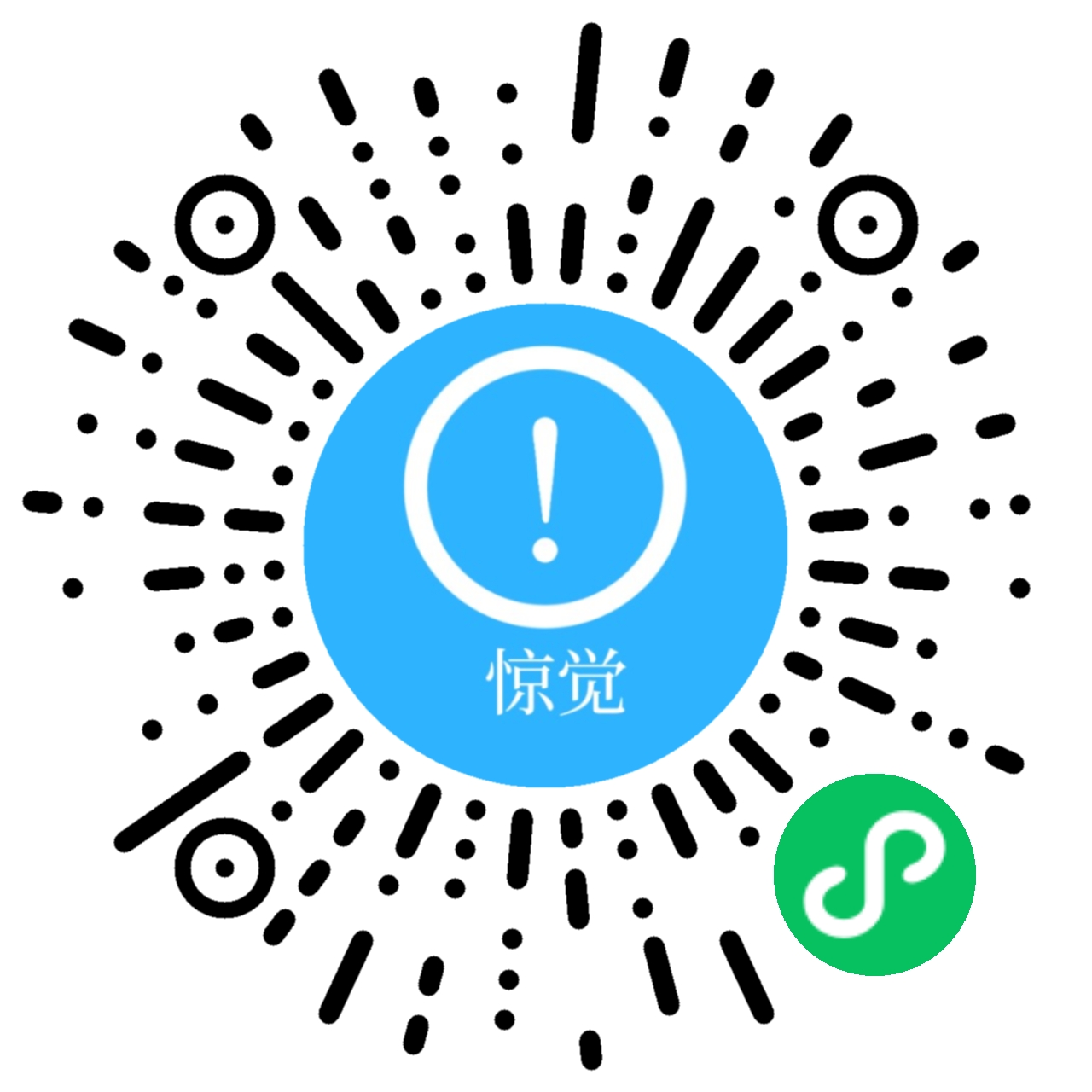传统的ViewPager做循环滚动有两种思路。
- 一种是设置count为Integer.MAX,然后根据index对实际数量取模
- 一种是在开头在开头添加end,在末尾添加start。简单的说就是多两个,滑动到这两个的时候直接setCurrentItem到真正的位置。
在观察pdd的拼单的循环滚动的时候,想到几种实现方式。
- 通过Recyclerview,同样跟ViewPager做循环滚动的思路类似,多一点要拦截掉所有的触摸事件。但是这种方式的话无法像pdd的效果那样设置进入和出去的动画。
- 通过改造VerticalViewpager的形式,应该也是可以的,但是感觉比较麻烦。
- 通过自定义的方式实现。(原本以为挺简单的,实现了下,代码不多但是有些小细节需要注意下。)
我选择了自定义的这里只是一个demo,提供一种思路。
最核心的就是上面的item滑出屏幕的时候将它remove掉然后再加到自定义的ViewGroup的末尾。
public class LoopView extends ViewGroup {
private static final String TAG = "LoopView";
private float dis;
private ObjectAnimator animator;
private int currentIndex = 0;
private Handler handler = new Handler(Looper.getMainLooper());
public LoopView(Context context) {
super(context);
init();
}
public LoopView(Context context, AttributeSet attrs) {
super(context, attrs);
init();
}
public LoopView(Context context, AttributeSet attrs, int defStyleAttr) {
super(context, attrs, defStyleAttr);
init();
}
void init() {
View view1 = new View(getContext());
view1.setTag("gray");
view1.setBackgroundColor(Color.GRAY);
LayoutParams layoutParams = new LayoutParams(LayoutParams.MATCH_PARENT, 200);
addView(view1, layoutParams);
View view2 = new View(getContext());
view2.setTag("red");
view2.setBackgroundColor(Color.RED);
LayoutParams layoutParams1 = new LayoutParams(LayoutParams.MATCH_PARENT, 200);
addView(view2, layoutParams1);
View view3 = new View(getContext());
view3.setTag("green");
view3.setBackgroundColor(Color.GREEN);
LayoutParams layoutParams2 = new LayoutParams(LayoutParams.MATCH_PARENT, 200);
addView(view3, layoutParams2);
animator = ObjectAnimator.ofFloat(this, "dis", 0, 1);
animator.setDuration(2000);
animator.addListener(new AnimatorListenerAdapter() {
@Override
public void onAnimationEnd(Animator animation) {
currentIndex++;
View first = getChildAt(0);
removeView(first);
addView(first);
handler.postDelayed(new Runnable() {
@Override
public void run() {
animator.clone().start();
}
}, 3000);
}
});
}
public void start() {
animator.start();
}
@Override
protected void onMeasure(int widthMeasureSpec, int heightMeasureSpec) {
measureChildren(widthMeasureSpec, heightMeasureSpec);
super.onMeasure(widthMeasureSpec, MeasureSpec.makeMeasureSpec(200, MeasureSpec.EXACTLY));
}
@Override
protected void onLayout(boolean changed, int l, int t, int r, int b) {
int childCount = getChildCount();
int top = currentIndex * getMeasuredHeight();
for (int i = 0; i < childCount; i++) {
View childAt = getChildAt(i);
childAt.layout(l, top, r, top + childAt.getMeasuredHeight());
top += childAt.getMeasuredHeight();
}
}
public float getDis() {
return dis;
}
public void setDis(float dis) {
this.dis = dis;
float disY = dis * getHeight();
scrollTo(0, (int) (currentIndex * getHeight() + disY));
}
}需要注意的就是onLayout的时候对于top的取值。
转载自CSDN-专业IT技术社区
原文链接:https://blog.csdn.net/qq_28302795/article/details/112017591


 Android
Android
